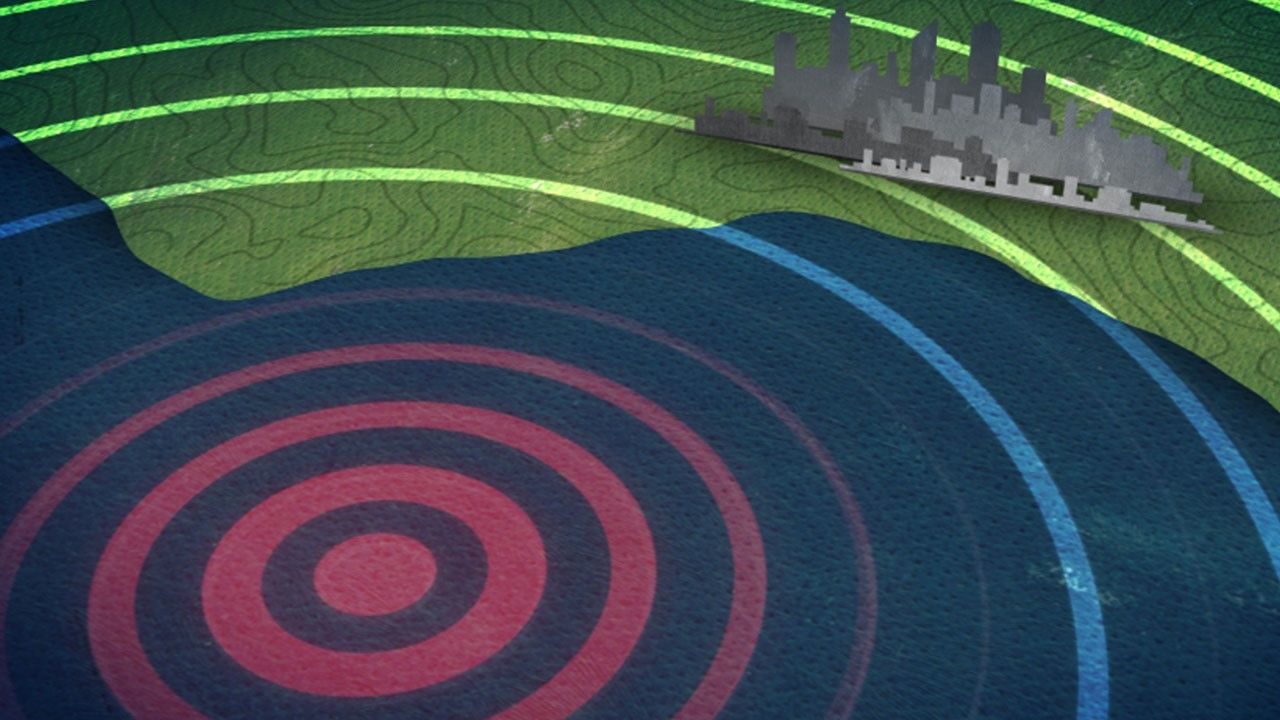Matt Warren
ScienceFri, 23 Mar 2018 13:00 UTC

© Science
Earthquake early warning systems can give people crucial seconds to move to safety-but only if they send the message in time. Now, scientists working on such systems have discovered that the bigger the tremor, the longer it takes to issue an alert-giving people little time to prepare for the big one, but lots of time to brace for a ho-hum event.
All earthquakes start with P waves, which are fast moving and cause little damage. S waves come next, moving more slowly but causing more destruction. Early warning systems measure ground movement during the fast P waves to predict how much shaking the S waves will cause, and then send out an alert.
The researchers imagined a new system in which people could set their own threshold for alerts, based not on the actual magnitude of the quake, but on how violent the tremors would be at their location. They then calculated which magnitudes of earthquake would cause which levels of shaking at different distances from the epicenter. Someone 10 kilometers away, for example, would experience more severe shaking from a lower magnitude earthquake than a person 100 kilometers away would. Once that was done, the researchers estimated how long it would take to send out an alert.
More powerful earthquakes take a longer time to develop, so alerts for the most severe shaking would only go out at the last minute; people at most distances from the epicenter would receive no warning at all before the S wave hit, the researchers write this week in Science Advances.But predictions for low levels of shaking could be sent out quickly, while the earthquake was still at a relatively low magnitude. This would give people tens of seconds to act, particularly those farther away from the epicenter. The downside? Many users could see the alerts as false alarms if the quake never developed into a more powerful tremor.
I can see the reasoning for an official warning system, there was one aftershock after the mega in 2010 where I was on the phone with my stepdaughter who was 90 km away in Santiago (I'm on the coast near the offshore faults most Chile quakes originate) and I said another temblor was occurring that moment as we were speaking and she did not feel it for around four seconds. But depending on the location, false alert fatigue and complacency could become a potentially dangerous issue. A megaquake starts out seeming to be another moderate quake and while one waits for it to subside, it doesn't, and it gets bigger and bigger and bigger...
So just be prepared, mentally and preps, end of story.